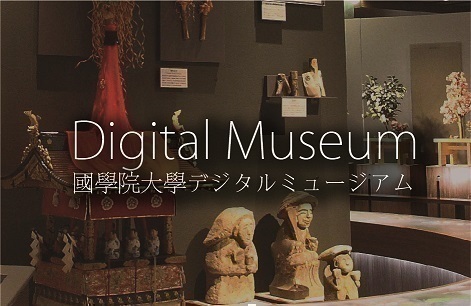- トップ
- Encyclopedia of Shinto
- Shake bugyō
Encyclopedia of Shinto
| Main Menu: | |
| Links: |
詳細表示 (Complete Article)
| カテゴリー1: | 3. Institutions and Administrative Practices |
|---|---|
| カテゴリー2: | Medieval and Early Modern |
| Title | Shake bugyō |
| Text | Within the Muromachi shogunate, shake bugyō was the name of the magistrate office in charge of lawsuits and other issues concerning shrines and shake (which are hereditary families of Shinto priests, also known as shashike). The term also referred to the magistrate who filled that office. In the shogunate there was an administrative group called the bugyōnin, numbering dozens of magistrates. Shake bugyō was the commonly used appellation used to designate the magistrates in charge of shake affairs within this group. Similarly, the term tera (jike) bugyō refers to magistrates in charge of the affairs of temples and Buddhist priests. However, the role and conditions of the shake bugyō changed over time and are not always clear. In the early years of the Muromachi shogunate, the jisha bugyō system of the preceding era apparently still prevailed, but a structure of "separate magistrate" (betsu bugyō) formed subsequently which assigned one magistrate to supervise each major temple or shrine. From the standpoint of the shogunate's division of labor, each magistrate was called by a title beginning with the name of a shrine or temple, such as "Hachiman bugyō" or "Sanmon (Enryakuji) bugyō." However, the extant references in the records regarding shrines and temple records, they are called shake bugyō or tera (jike) bugyō, because they were shogunal magistrates who resolve disputes involving the relevant shrine or temple. The activities of these shake bugyō appear frequently in historical documents from the time of Shogun Ashikaga Yoshimitsu (1358-1408, ruled 1368-1384). The magistrates consisted of members of the Iio, Matsuda, Fuse, Saitō, Sei, and other families who formed the "corps of secretaries" (yūhitsukata), and were further subdivided into "shogunal council members" (gozensatashū) and "those not entitled to appear in the shogun's presence" (gozenmisanshū). Making use of their professional skills as legal experts, shake bugyō served as liaison for lawsuits concerning the shrines and priestly families they supervised, and at times they were also involved in the shake's personnel affairs or the shrine's financial matters. Because powerful magistrates simultaneously held multiple "separate magistrate" posts and the magistrates' opinions greatly influenced the shogunate's rulings, private relations between shake and bugyō took on great significance. In some cases, bugyō received gifts from shake. Consequently, shrines occasionally submitted demands to the shogunate regarding the appointment of magistrates, but such posts were generally transmitted hereditarily or were made according to the wishes of influential shogunal officials. In the case of shrines, the leading "separate magistrate" was the Hachiman-bugyō, also called the Hachimangū-bugyō, who administered the financial affairs of Iwashimizu Hachimangū. A magistrate was established in the Kamakura period for Tsurugaoka Hachimangū and the Muromachi shogunate also established the "Tsurugaoka general bugyō" (Tsurugaoka sōbugyō) within the Kamakura-fu, the branch government which administered Eastern Japan. Rather than an ordinary shake bugyō, the Grand Shrines of Ise (Ise Jingū) had an administrative office called the jingūkata (jingū bugyō), staffed with jingū tōnin (a supervisor) and jingū kaikō (an administrator). The jingūkata gradually assumed financial duties at Ise Jingū, such as supervising construction, levying or waiving the court-imposed rice tax for shrine reconstruction (yakubukumai) imposed on every resident in each province, and so on. Except for services involving invocations of divine power (kitō) and other ceremonies performed on behalf of the shogunal family, however, as in the past, affairs related to ritual observances at The Grand Shrines of Ise stayed mainly under the jurisdiction of the imperial court. In addition to magistrates who handled the administrative affairs of individual shrines and temples, some coordinated the execution of ceremonial events. The nature of such magistrates' duties differed from those of shake bugyō, and included the "magistrate of invocations of divine power" (kitō bugyō) and the "magistrate of sacred horses" (jinme bugyō). In the Kamakura period, a "magistrate of prayer" (oinori bugyō) was chosen as needed to pray for the shogunal family's health, the aversion of disasters, and so on. The Muromachi shogunate later appointed a permanent kitō bugyō, which became a hereditary post of the Chiaki family from around the time of Shogun Yoshimitsu (reigned 1368-94). The jinme bugyō was chosen from among the Shinto priests and Buddhist priests (shasō) affiliated with Hie Shrine and reported to the shrine's Hall of Worship the sacred horses presented by warrior families as votive offerings. — Yonei Teruyoshi |




